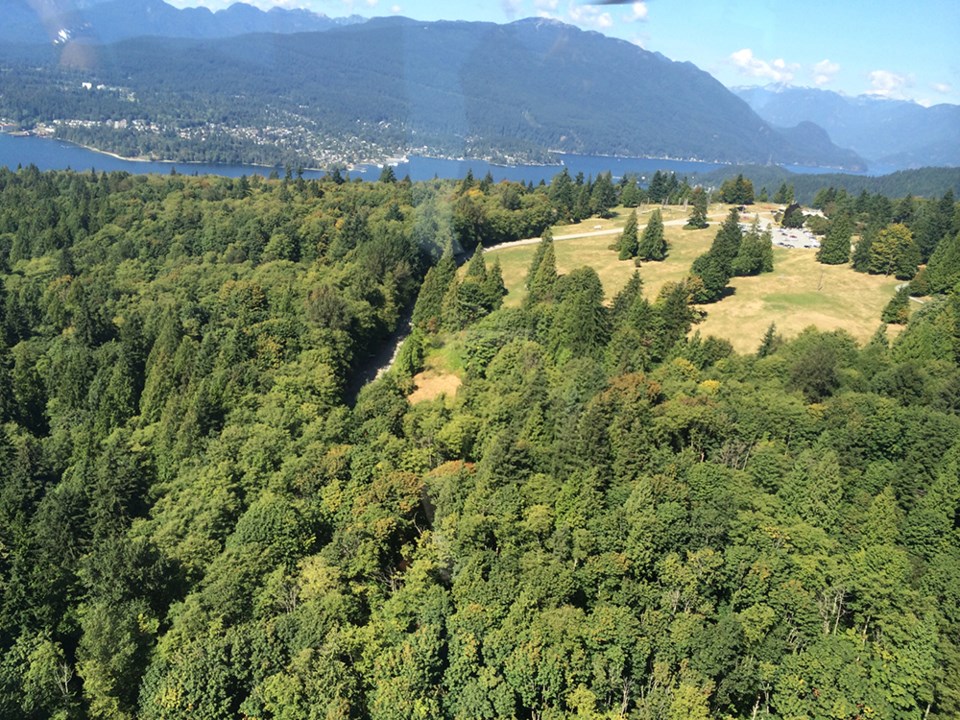The National Energy Board (NEB) has approved Trans Mountain’s pipeline path through Burnaby, but not every board member is completely satisfied with the route the project will take and the methods that will be used to build it.
Work will not begin on the pipeline expansion until every segment is approved.
The NEB came down with decisions on two of the detailed route hearings Thursday – one for the City of Burnaby and another for eight residents – that dealt with objections to the pipeline path through the city and the way it will be constructed.
In its statement of opposition, the City of Burnaby discussed six sections of land, including through the Brunette River Conservation Area, around the existing tank farm on Burnaby Mountain, near Lougheed Highway and Government Road, near Lougheed Highway and Gaglardi Way, along Eastlake Drive, and the already approved tunnel between the terminal at Burnaby Mountain and the Westridge Marine terminal.
While the NEB approved both the path and the pipeline build methods, board member Shane Parrish said he could not determine whether the route through the conservation area was appropriate.
Trans Mountain previously indicated that, should it go through that conservation area, it would use a trenchless method of construction, which would result in fewer trees being cut down through the park, preserve creeks, and allow the pipeline to go under an existing sewer.
But Burnaby argued that, once the pipeline had been approved, Trans Mountain gave up on this less-invasive construction method.
“Trans Mountain has not demonstrated whether a trenchless method … is feasible,” Parrish wrote in his dissenting opinion. “I would expect Trans Mountain to make efforts to follow through on its word to use trenchless construction technology in the conservation areas, notwithstanding Burnaby’s refusal to issue a permit in a timely manner.”
Parrish wrote the lack of a feasibility assessment didn’t give him enough information to properly assess whether the route through the conservation area or this construction method was appropriate.
Around the Shellmont station on Burnaby Mountain, Burnaby argued the route would violate an existing covenant with Shell Canada that it maintain a buffer zone between the property and the residential areas at Forest Hills and Meadowood Park. That buffer zone is meant to protect against noise, dust and visual pollution and would remove mature forests. Trans Mountain said it would work with the City of Burnaby to see if it could narrow the easement.
But Parrish said this was not enough and that he would expect the company to perform a more extensive review of alternative routes, and reduce impact on the lands covered by that covenant.
The majority of the NEB, however, did not agree with Parrish.
“With respect, we believe that member Parrish has given undue weight to the covenant in his dissent and inappropriately allowed it to influence his decision,” reads the report.



